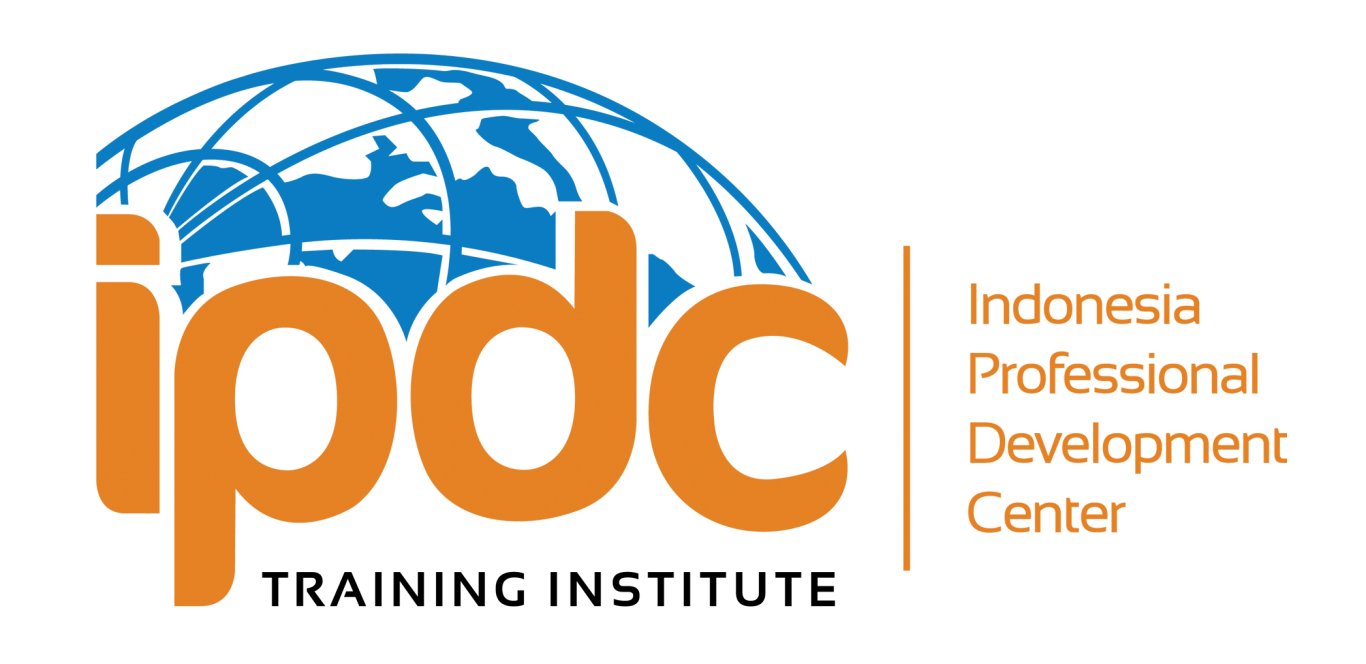Exploring Effective Ways to Categorize Training Materials
- ardhy samjaya
- May 14
- 4 min read
In today’s fast-paced world, organizations strive to enhance employee skills and knowledge through various training initiatives. However, the success of these programs heavily relies on how training materials are organized. Categorizing training materials efficiently can make it easier for learners to find relevant resources, which ultimately enhances their learning experience. In this blog post, we will explore effective ways to categorize training materials, the importance of such organization, and actionable recommendations to implement.
Understanding Training Categories
When dealing with training materials, understanding the various categories is vital. Categorization not only helps in streamlining the learning process but also ensures that participants receive the information they need efficiently.
Types of Training Categories
Training materials can be broadly categorized into several types based on their purposes, formats, and target audiences. Here are some of the most common training categories:
Onboarding Training
This category includes materials designed for new employees. These resources help familiarize them with company culture, policies, and their roles.
Skill Development
Skill development training focuses on improving specific skills necessary for job performance. This can include technical skills or soft skills like communication and leadership.
Compliance Training
Compliance training materials ensure that employees are aware of legal and regulatory requirements pertinent to their roles. This category is crucial for industries with strict guidelines.
Product Training
Product training equips employees with knowledge about the products or services the organization offers. This ensures they can effectively communicate and support customers.
Leadership Development
Designed for current and future leaders, this category includes materials aimed at enhancing leadership skills and strategies.
Each of these categories serves a specific purpose, allowing organizations to address varied learning needs effectively.

The Importance of Categorizing Training Materials
Categorizing training materials is crucial for several reasons:
Enhanced Accessibility: When training materials are organized into categories, employees can easily locate the resources they need without wading through irrelevant materials.
Improved Retention: Better organization fosters a structured learning path, helping learners absorb and retain information more effectively.
Time Efficiency: Employees save time looking for training materials when they know exactly where to find specific resources.
Tailored Learning: Categorization allows organizations to tailor training programs based on employee needs and learning styles.
Implementing a systematic categorization strategy can significantly enhance the learning experience and improve overall training outcomes.
What are Training Videos?
Training videos are an effective format for delivering educational content. They engage learners through visual and auditory stimuli, making complex topics easier to understand. These resources can range from recorded lectures to animated tutorials, providing a dynamic learning experience.
Using training videos in combination with other training formats can improve learners’ engagement and foster a deeper understanding of the material.

Strategies for Effective Categorization
Now that we understand the importance of categorizing training materials, let’s dive into actionable strategies that can be implemented for effective categorization:
Utilize a Learning Management System (LMS)
A Learning Management System (LMS) allows for streamlined organization and categorization of training materials. With features such as tagging, sorting, and custom categories, organizations can effectively manage their training resources.
Tip: When choosing an LMS, look for a user-friendly interface and customizable features that align with your organization’s specific needs.
Create Clear Naming Conventions
Developing a clear naming convention for training materials is essential. This practice ensures that employees can easily identify the contents of a resource.
Tip: Use descriptive names that convey the purpose or topic of the training material. For example, instead of “Training_001,” use “Onboarding_Company_Policies.”
Implement a Tagging System
Tagging each resource with relevant keywords can enhance searchability within your training materials. For example, tags like “leadership,” “compliance,” or “customer service” help employees narrow down their search quickly.
Tip: Assign multiple tags to a single resource to improve chances of discoverability across different categories.

Create User Profiles
Consider creating user profiles based on roles or departments within the organization. This approach allows employees to access training materials that are directly relevant to their specific job functions.
Tip: Regularly review and update user profiles to ensure the categories align with any changes in job roles or organizational structure.
Gather Feedback and Continuously Improve
Encouraging employees to provide feedback on training materials enhances the categorization process. Employees are the end-users of these materials, and their insights can help identify any gaps or improvements needed.
Tip: Conduct surveys or focus groups to gather suggestions from learners on how to improve the organization of training materials.
Crafting the Future of Training Material Management
As organizations increasingly rely on diverse training methods, the need for effective categorization will grow. By implementing the strategies outlined above, organizations can enhance their training delivery and make a lasting impact on employee development.
Incorporating efficient categorization not only helps in optimizing the training process but also enables a culture of continuous learning and improvement.
Effective categorization of training materials is essential for fostering engagement, facilitating learning, and ultimately driving organizational success. By adopting these strategies, you can create a robust framework that supports the ongoing growth and development of your workforce.





